News
purpletop verbena seed
Verbena bonariensis, commonly known as purpletop vervain, is a remarkable plant in the Verbenaceae family. The following is a detailed introduction to it:
Taxonomic Classification: It belongs to the genus Verbena in the family Verbenaceae, with the scientific name Verbena bonariensis L.1.
Origin: Native to tropical South America, including Colombia, Brazil, Argentina, and Chile. It has spread to many other regions and naturalized in some areas, such as the southern United States, tropical and southern Africa, temperate Asia, Australia, and New Zealand.

Stems and Branches: It is a tall and slender-stemmed perennial. The stem is square with very long internodes, and the whole plant is covered with fine hairs, which gives it a rough texture. It usually grows to about 100-150 cm in height and has many branches1.
Leaves: The leaves are ovate to ovate-lanceolate with a toothed margin, initially elliptical with notches like uneven sawteeth and covered with coarse hairs on both sides. As the flower stem grows taller, the leaves become slender like willow leaves, but the serrations at the edges remain sharp1.
Flowers: The flowers are fragrant, lavender to rose-purple, and arranged in tight clusters at the top and axils of the stems, forming a panicle-like cyme. The small tubular flowers are located at the top of the flower stem, and each flower is composed of 5 petals, each petal being only 4 or 8 mm long. The corolla is purple-red or light purple, and the colors are bright. It blooms from mid-summer until fall frost1.
Preferred Environment: It thrives in full sun and is intolerant of shade. It grows best in well-drained soil and is drought-tolerant but requires moderate water supply. It is not very demanding on soil conditions, but it grows better in fertile soil with high organic matter. It is cold-resistant in USDA zones 7-11 and can be grown as an annual in colder regions.
Growth and Reproduction: It can reproduce by seeds, cuttings, and root division. The seeds germinate readily at a suitable temperature of 20°C to 25°C, and the germination rate is about 85%. It usually takes 10 to 15 days for the seeds to germinate after sowing, and the entire seedling raising period in a plug tray is 40 to 45 days.
Landscape Application: With its tall and graceful posture, bright and beautiful colors, and long and lush blooming period, it is widely used in landscape design. It is often planted in large areas to create landscape effects, such as in flower fields, parks, and gardens. It is also suitable for combination with other plants, such as being planted in groups along the roadside, on the waterfront, or beside walls, with excellent landscape effects. It can also be used as the background material of flower borders1.
Butterfly and Insect Attraction: The flowers are highly attractive to butterflies, native bees, and many beneficial garden insects, providing them with nectar, thus playing an important role in maintaining the ecological balance of the garden.
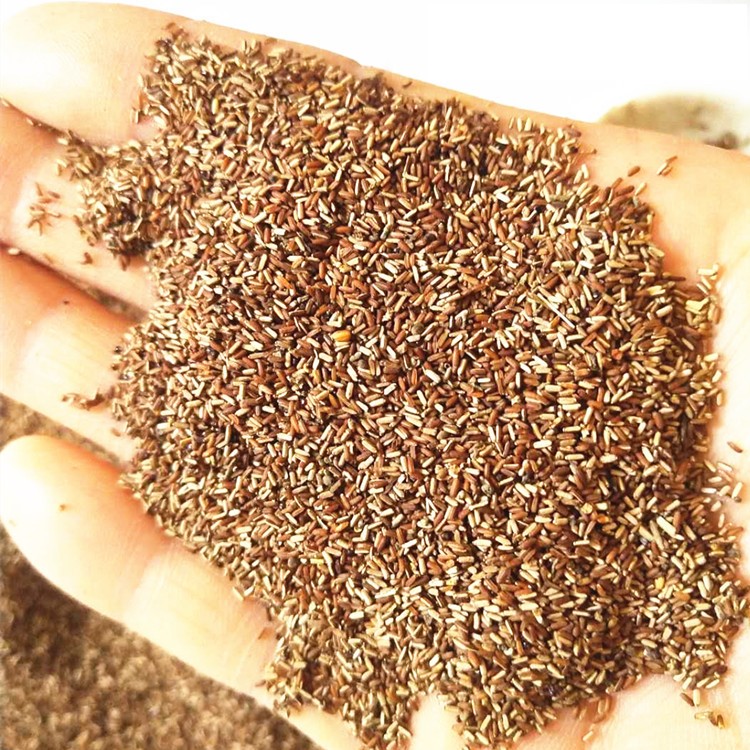
Weed Invasion: It has the potential to become an invasive species as it self-seeds readily. In some favorable habitats, it may spread uncontrollably and affect the growth of native plants, so attention should be paid to its growth and spread in the garden.
Disease and Pest Control: Although it has few insect and disease problems, it may be susceptible to powdery mildew. Appropriate preventive and control measures should be taken in time to ensure the healthy growth of the plant.
In conclusion, Verbena bonariensis is a plant with high ornamental value and ecological significance. With proper cultivation and management, it can add unique charm to the garden and the natural environment.


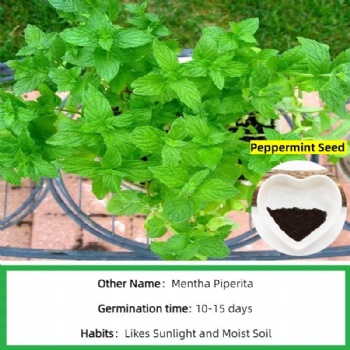
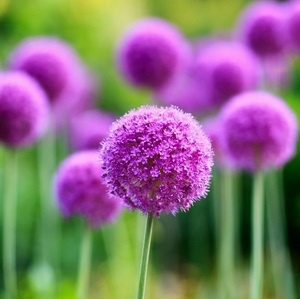
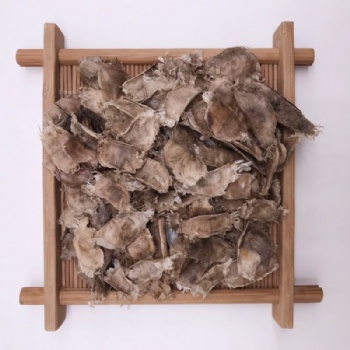
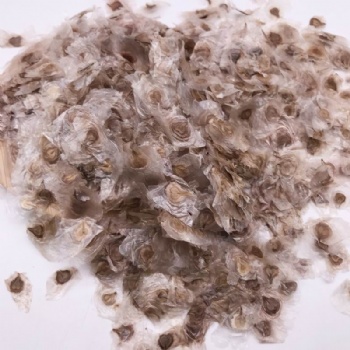
 售前客服
售前客服
